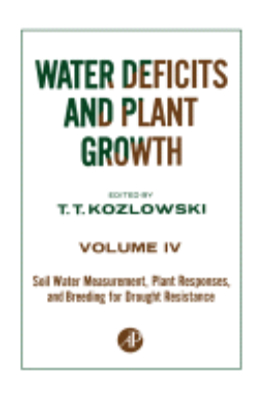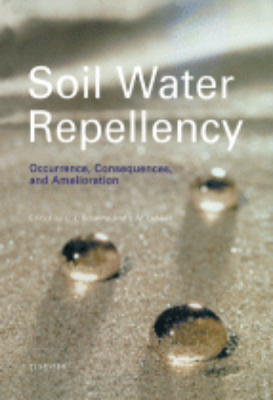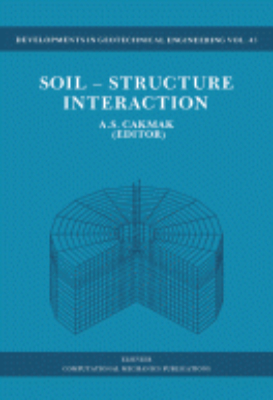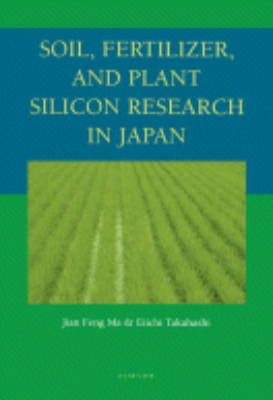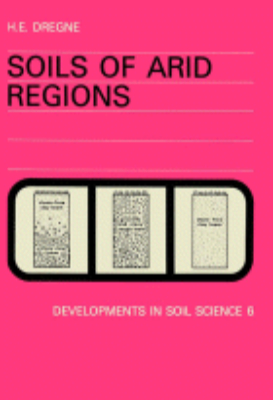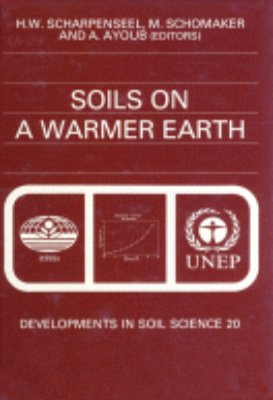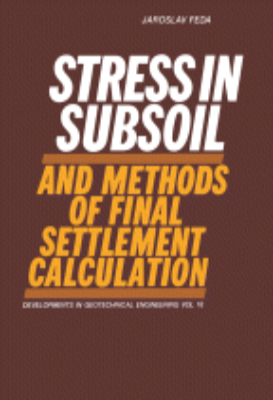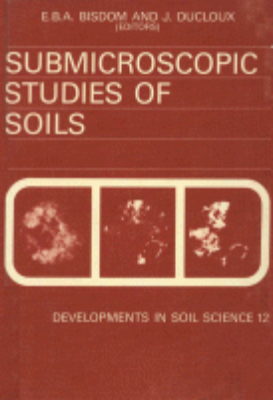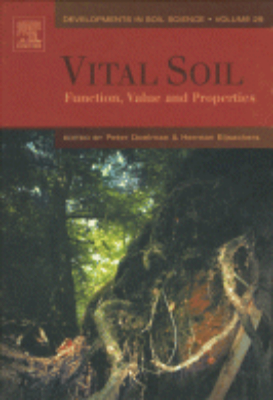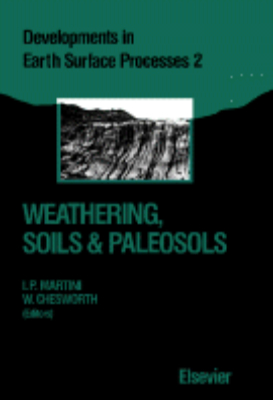E-Resources
Soil Water Measurement Plant Responses and Breeding for Drought Resistance
Water Deficits and Plant Growth, Volume IV: Soil Water Measurement, Plant Responses, and Breeding for Drought Resistance explores the physiological effects of water deficits on plants and their implications on crop yield, water use, and drought resistance. This book also considers drought-resistance measurements and their application to breeding programs. This volume is organized into eight chapters and begins with an overview of measurement of soil water content and the state of water in soils. Particular emphasis is placed on methods developed from technological advances. The next two chapters focus on the structure and functioning of stomata and stomatal conductance in control of gas exchange. The discussion then shifts to the effects of water supply on photosynthesis, leaf shedding, flow of latex, and nitrogen-fixing root nodules. The final chapter is a comprehensive treatment of plant breeding for drought resistance, emphasizing breeding and testing methods as well as parameters and application to breeding programs of drought resistance. This book is a valuable resource for scientists and investigators in fields such as botany, agronomy, forestry, agriculture, and biology.
Soil Water Repellency
It has become clear that soil water repellency is much more wide-spread than formerly thought. Water repellency has been reported in most continents of the world for varying land uses and climatic conditions. Soil water repellency often leads to severe runoff and erosion, rapid leaching of surface-applied agrichemicals, and losses of water and nutrient availability for crops. At present, no optimum management strategies exist for water repellent soils, focusing on minimizing environmental risks while maintaining crop production. The book starts with a historical overview of water repellency research, followed by seven thematic sections covering 26 research chapters. The first section discusses the origin, the second the assessment, and the third the occurrence and hydrological implications of soil water repellency. The fourth section is devoted to the effect of fire on water repellency, section five deals with the physics and modeling of flow and transport in water repellent soils, section six presents amelioration techniques and farming strategies to combat soil water repellency, and section seven concludes the book with an extensive bibliography on soil water repellency.
Soil, Fertilizer, and Plant Silicon Research in Japan
Silicon (Si) plays a significant role in the resistance of plants to multiple stresses including biotic and abiotic stresses. Silicon is also the only element that does not damage plants when accumulated in excess. However, the contribution of Si to plant growth has been largely ignored due to its universal existence in the earth's crust. From numerous intensive studies on Si, initiated in Japan about 80 years ago, Japanese scientists realized that Si was important for the healthy growth of rice and for stability of rice production. In a worldwide first, silicon was recognized as a valuable fertilizer in Japan. The beneficial effects of Si on rice growth in particular, are largely attributable to the characteristics of a silica gel that is accumulated on the epidermal tissues in rice. These effects are expressed most clearly under high-density cultivation systems with heavy applications of nitrogen. Si is therefore recognized now as an ''agronomically essential element'' in Japan. Recently, Si has become globally important because it generates resistance in many plants to diseases and pests, and may contribute to reduced rates of application of pesticides and fungicides. Silicon is also now considered as an environment-friendly element. The achievements of Si research in Japan are introduced in this book, in relation to soils, fertilizers and plant nutrition.
Soilless Culture: Theory and Practice
Plant production in hydroponics and soilless culture is rapidly expanding throughout the world, raising a great interest in the scientific community. For the first time in an authoritative reference book, authors cover both theoretical and practical aspects of hydroponics (growing plants without the use of soil). This reference book covers the state-of-the-art in this area, while offering a clear view of supplying plants with nutrients other than soil. Soilless Culture provides the reader with an understanding of the properties of the various soiless media and how these properties affect plant performance in relation to basic horticultural operations, such as irrigation and fertilization. This book is ideal for agronomists, horticulturalists, greenhouse and nursery managers, extension specialists, and people involved with the production of plants.
The Genesis and Classification of Cold Soils
The Genesis and Classification of Cold Soils exposes the processes involved in the development of the principal kinds of soils that occur in cold regions and introduces readers to the classification of those soils. The book uses the terminologies and concepts of the description of soils provided by the Soil Taxonomy of the United States. Topics covered in the book include aspects of temperature relationships in cold soils; effects of freezing temperatures on the soil properties; the salient features of the U.S. Soil Taxonomy system; and the taxonomies of Canada, the U.S.S.R., and The Food and Agriculture Organization (FAO). Pedologists, agriculturists, engineers, and researchers will find the book insightful.
The Soil Mites of the World: Volume 1
Soil mites are of great biological importance both in natural and in cultivated soils. Recently much attention has been paid to them especially because of their sensitivity to a number of chemicals used in agriculture. Of the soil mites, the Oribatids represent the largest number of both individuals and species. Unfortunately, the study of Oribatids has been greatly hampered by the lack of modern reference works from which they can be identified, and it was this great lack that stimulated the authors to launch this new series of books. The first volume, after a short morphological treatment, gives the method of collection, preparation, and mode of study of prepared specimens. The work is designed to discuss critically all recognizable species and is amply complemented with differential diagnoses and entirely new figures from supercohorts down to species. The book also includes an index of taxa.
The Soil Mites of the World: Volume 3
Distributed in the East European countries, Democratic People's Republic of Korea, People's Republic of Mongolia, Republic of Cuba and the Socialist Republic of Vietnam by Kultura, Budapest, HungaryThis volume presents the second part of brief characterizations and identification keys for oribatid mites inhabiting the Neotropical Region, as well as a check-list and bibliography of all described species from this area.This work is destined to become a basic handbook that will serve academic and applied science/taxonomists, field workers, ecologists, etc., for years to come. It will also aid the work of Latin American oribatologists. This volume is primarily intended for use by taxonomists in acarology, ecologists of neotropical soils and veterinary parasitologists.
The Soil-Root Interface
The Soil-Root Interface contains the proceedings of an international symposium held in Oxford, England, on March 28 to 31, 1978. The first five chapters of this book contain the majority of papers presented at the meeting, as well as the descriptions of displayed posters and films. Abstracts of other contributions offered by participants but not read at the meeting form the final chapter. The first five parts cover topics on nutrient demand and supply at the soil root interface; physics and chemistry of the interfacial region; biological activities at the interface; the interface in relation to environmental stress and disease; and the interface in relation to soil function and growth.
The Soil: Plant System
The Soil-Plant System in Relation to Inorganic Nutrition focuses on the soil-plant system in relation to the inorganic nutrition of plants. More specifically, the book investigates the dynamics of ion uptake in relation to those physical and chemical processes that must be considered both in understanding any observation made on the soil-plant system and in predicting the results of any stress placed on the system. This volume is organized into two parts encompassing seven chapters and begins with an overview of the inorganic nutrition of plants grown in the soil-plant system. This book then discusses the uptake of nutrient ions from the soil into the plant system. The emphasis is on fundamental aspects of ion movement from the soil into and through the soil solution, then into the plant root, and finally into the shoot. The next chapters consider the more practical aspects of the supply of nutrients to plants grown in the soil-plant system and how it can best be supplemented. This book examines the use of isotopes with respect to solid-phase-soil-solution relationships; movement of ions to the roots, into the roots (active or passive), and translocation to the shoot; the mobility of nutrients; laboratory, greenhouse, and field evaluation of soil nutrient supply; and when, where, and what kind of fertilizer to apply. This book will be of interest to botanists, biologists, students, and research workers engaged in the physical and biological sciences.
Thesaurus of Rock and Soil Mechanics Terms
Thesaurus of Rock and Soil Mechanics Terms is a book of synonym, including terms used in geology, mining, hydrology, engineering, and similar fields. The terms are organized alphabetically with preferred terms in bold and non-preferred terms in italic. This text also provides non-trivial relationship to other preferred terms for each preferred terms. This book will be of great use to professionals or researchers such as geologists, miners, and engineers whose line of work involves the identification and classification of earthen materials.

